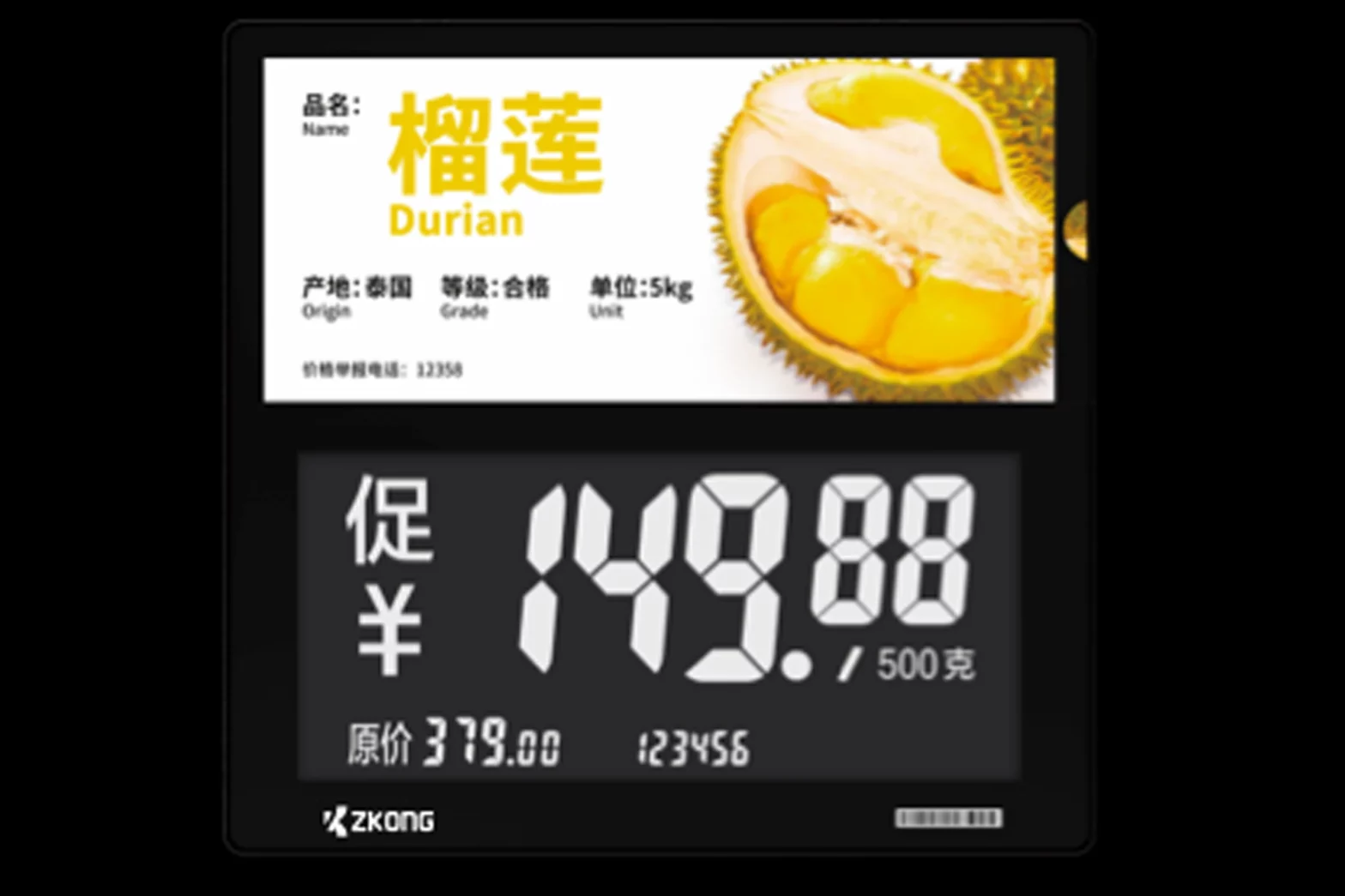Discover the transformative power of upgrading to electronic shelf labels (ESLs) in the retail industry.
Author: Paul
Paperless saves time and money, why retail needs to upgrade to electronic shelf labels
The retail industry is currently facing numerous challenges, from inflation to unpredictable shopping patterns brought on by the Covid-19 pandemic. These factors are affecting various stages of the product lifecycle, including buying, allocation, ranging, assortment, replenishment, and markdowns, resulting in reduced margins. In response, retailers are turning to electronic shelf labels (ESLs) to tackle the high cost of labour, which has become more pressing due to the shortage of available workers.
How Much Do (ESLs) cost? – Part 2
The cost of an Electronic Shelf Label (ESL) project depends on various factors. In Part 2 of this series, we will explore the other elements that influence the cost of an ESL project.
How much do Electronic Shelf Labels (ESL) Cost?
Electronic Shelf Labels (ESLs) are becoming increasingly popular among retailers in Australia, with major retailers such as Woolworths, Aldi, and Dan Murphy’s rolling out this technology. The demand for electronic price tags has never been higher, as retailers are looking for ways to overcome challenges such as staffing issues and volatility in pricing levels from suppliers. However, one of the most common questions business owners have about this technology is the cost.




